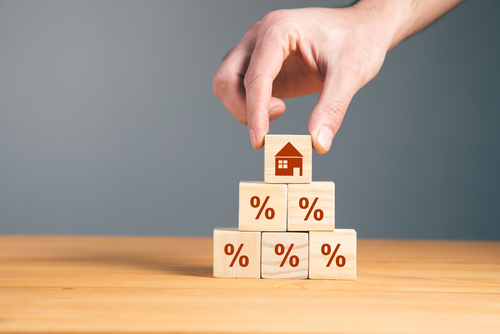The single biggest threat to Help to Buy is that it could inflate a 2007-style property bubble, say nearly two-thirds of intermediary lenders and mortgage brokers.
They expect the scheme to spark a minimum 11% leap in house prices, returning them to their November 2007 peak.
Mortgage brokers and intermediary lenders say inflated house prices are the gravest threat to the success of Help to Buy, according to new research from the Intermediary Mortgage Lenders Association (IMLA).
IMLA’s Intermediary Lending Outlook showed that 60% of intermediary lenders and 59% of brokers named a house price bubble as the factor most likely to undermine the government scheme.
Lenders already anticipate a 2.7% increase in house prices by the end of the year, based on the impact of the Help to Buy equity loan scheme so far. This would push the average house price to £166,418 according to the Land Registry measure.
If this same growth rate continues for the duration of Help to Buy, the average house price will reach £180,265 by the end of 2016, an overall rise of 11% in four years.
This would bring house prices close to their last peak of £181,975, recorded in November 2007. The rate of increase could be even greater with the upcoming Help to Buy mortgage guarantee still to launch in January 2014.
Brokers were also concerned about a potential lack of lender support for Help to Buy, with 49% worrying that this will jeopardise the scheme.
Just one in five intermediary lenders shared this sentiment. Almost half of them saw capital weighting requirements as a major barrier to success. The detail of capital relief is still to be confirmed by the Treasury and will greatly influence lenders’ ability to back the initiative.
An over-reliance on government funding, structural weaknesses in the mortgage market, and a change of government in the next general election are other perceived threats.
First-time buyers are expected to benefit most from Help to Buy, according to 100% of lenders and 89% of brokers.
Peter Williams, executive director of IMLA, said: “Pleasing though it is to see increasing levels of activity in the market and a swell of consumer interest, these findings spell out the importance of keeping control over any future growth.
“There is a clear consensus that first-time buyers stand to benefit most from the second part of Help to Buy. But if house prices continue to rise for the duration of the scheme, then in essence we will be giving with one hand and taking away with the other. Moreover the exit from the scheme will need to be managed very carefully to avoid causing serious harm to the market.
“If people are struggling to raise deposits in the current climate then a further 11% increase in house prices will lift the property ladder even further out of reach for some. House builders are attempting to bridge the ever growing chasm between supply and demand, which is going to be essential to ensure we help more people to access the property ladder without creating new hurdles in the form of inflated house prices.
“In the meantime, the pressure is on to ensure Help to Buy is more inclusive than divisive. Agreement on capital weightings and on the fee lenders will be charged to participate are crucial to ensuring the scheme is made affordable for lenders as well as consumers if we want to see a similar impact as the current equity loan scheme.”












Comments